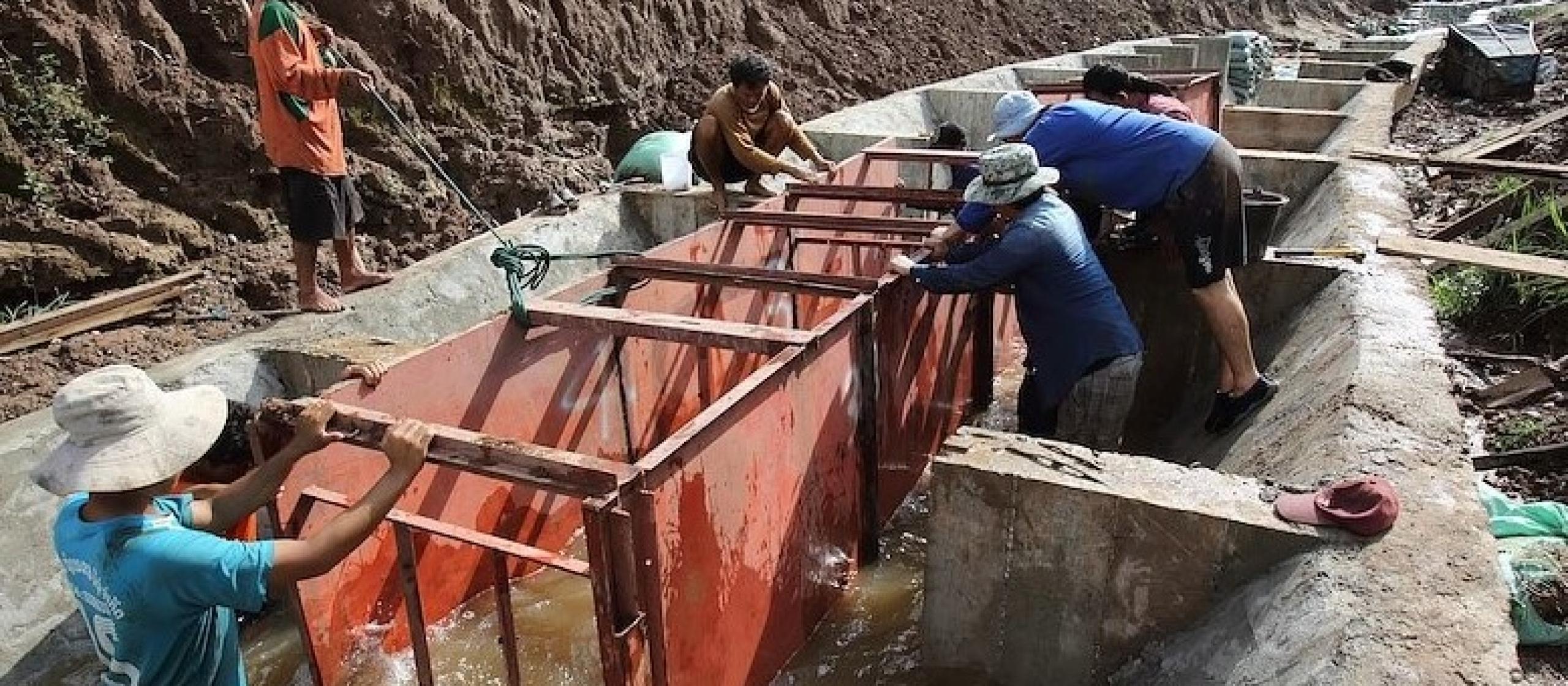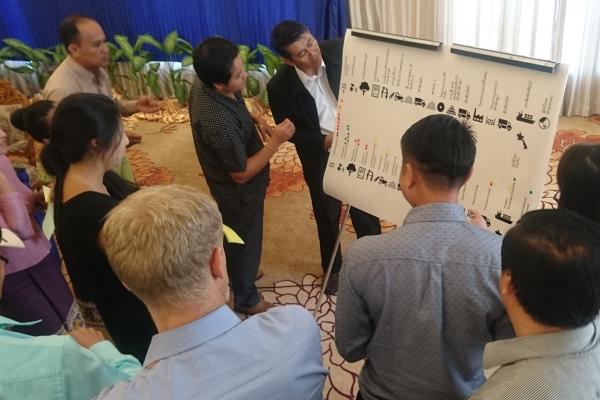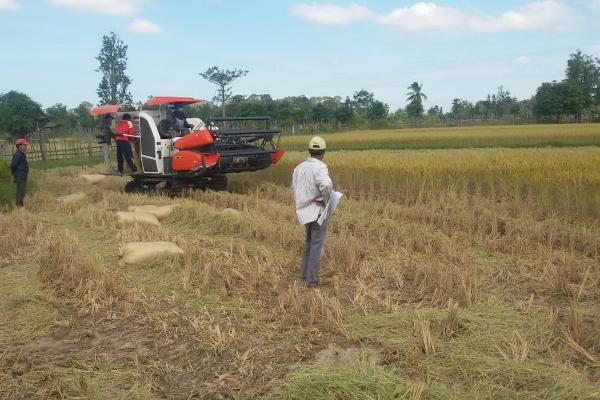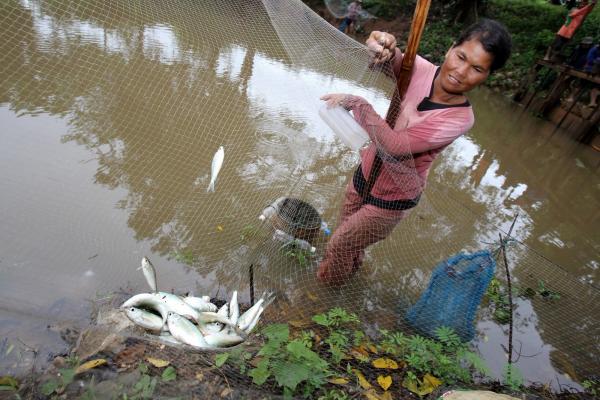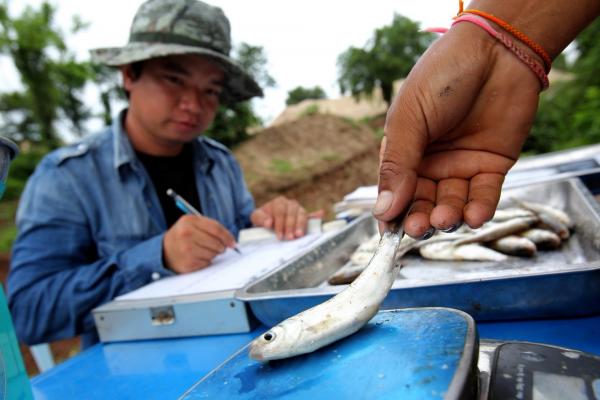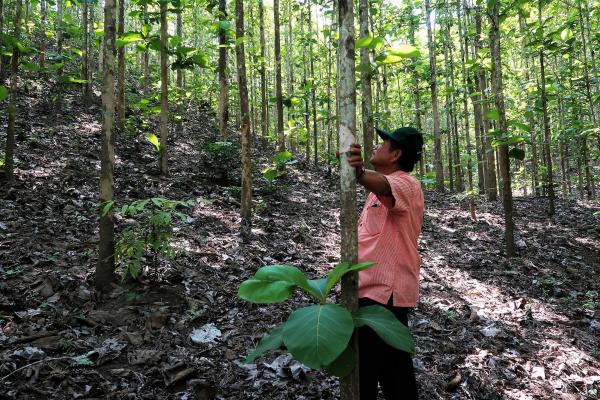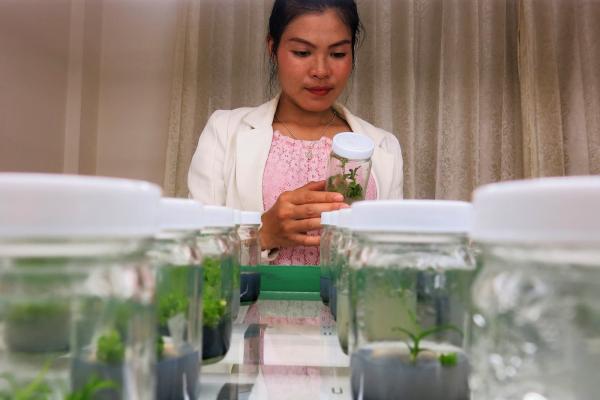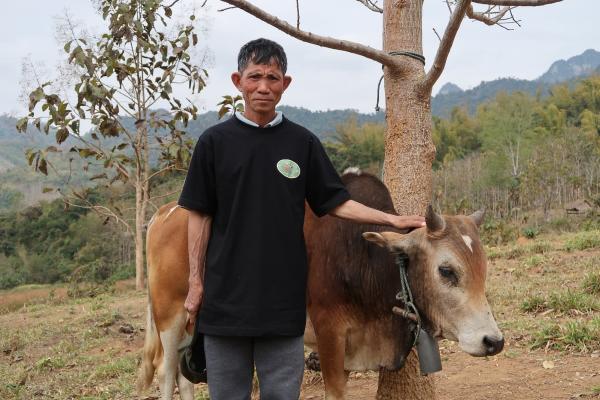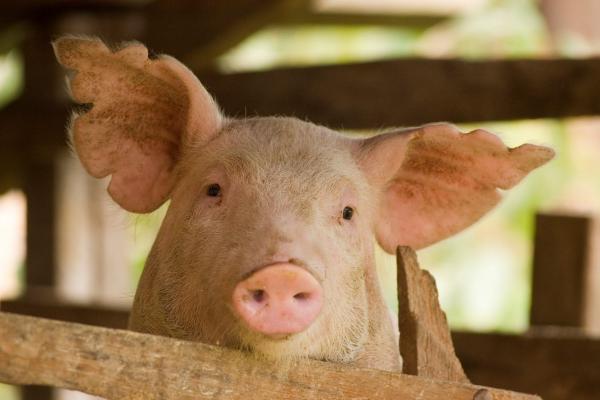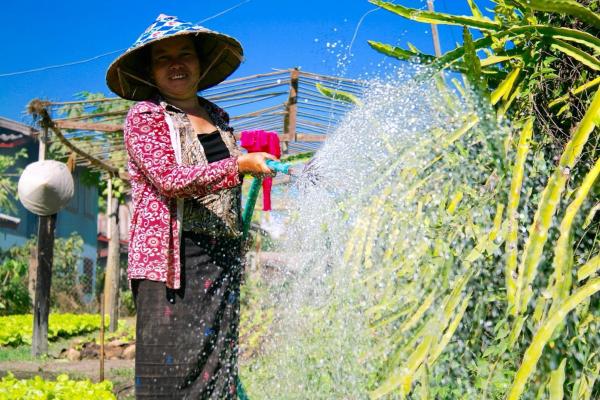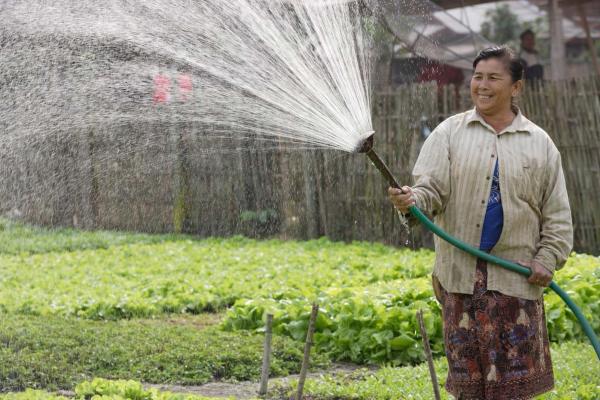- HomeHome
-
About ACIAR
- Our work
- Our people
-
Corporate information
- ACIAR Audit Committee
- Commission for International Agricultural Research
- Policy Advisory Council
- Agency reviews
- Executive remuneration disclosure
- Freedom of information (FOI)
- Gifts and benefits register
- Information publication scheme
- List of new agency files
- Contracts
- Legal services expenditure
- Privacy impact assessment register
- Commonwealth Child Safe Framework
- Benefits to Australia
- Careers
- 40 years of ACIAR
-
What we do
- Programs
- Cross-cutting areas
- Resources
- Where we work
-
Funding
- Research projects
- Fellowships
-
Scholarships
- John Allwright FellowshipScholarships to study in Australia for ACIAR partner country scientists to have Australian postgraduate qualifications
- ACIAR Pacific Agriculture Scholarships and Support and Climate Resilience Program
- Alumni Research Support Facility
- Publications
- News and Outreach
Date released
14 March 2019
ACIAR has been funding research in Lao PDR since 1990, helping smallholder farmers improve their livelihoods and increase the country's food security. In close partnerships with the Laos government and research institutions, ACIAR research has helped Laos move towards more equitable and sustainable agriculture.
Laos is not just the one of the fastest growing economies in East Asia and the Pacific, but has one of the most rapidly expanding economies in the world. Infrastructure is flourishing, schools are being built, and hydro-power energy exports are expected to keep the economy on an impressive path. The urban middle-class is growing and the rural poverty rate—still one of Southeast Asia’s highest—is gradually dropping.
In the early 1990’s, this was not the case, with poverty effecting nearly half the population, a staggering 46 percent. By 2015, this had been halved to 23 percent, the average life expectancy had increased by 13 years and Lao people now remained in school three years longer than they did in the early 1990's.
ACIAR has been working in Laos throughout this remarkable trans-formative period, investing more than more than A$50million over 100 research projects contributing to the development of Lao's agricultural sector.
These projects have led to major achievements, including the development of locally designed fishways helping repopulate the Mekong river; the introduction of mechanisation technologies and drought resistant varieties for rice farmers so they can be more resistant to climate change; and the establishment of enterprises to produce better quality wood products.
"Our key achievement from this long-term investment in Laos is a trusting partnership which has allowed us to support the necessary long-term research on teak industry, water efficiency management and fisheries," says Peter Horne, Director of Country Programs for ACIAR. "Without this trusting partnership, we could not commit to long-term projects that in the end has sustainable impact for communities and research partners."
While the achievements to date are certainly significant, Horne remains focused on the challenges and opportunities ahead.
"More than 80 percent of the population still lives in rural areas –and as agri-food chains globalise and transport infrastructure improves there are many opportunities for these farmers to produce agri-products for markets," he says. "But, resource degradation and climate change are the main challenges that farmers face – and this is where research is important, because these problems are so complex to be address effectively they require both trans-disciplinary approaches and international collaboration."
ACIAR is currently investing over A$30 million and working with 20 Australian and international research institutions and eight key Lao partner institutions. Future priorities will look to continue helping smallholder farmers achieving more productive, resilient and sustainable agriculture in the wake of a changing climate.
"Looking to the future, the priorities for the collaboration between ACIAR and the Lao government is centered around climate change—the south of Laos is one of the most vulnerable areas in the region with highly variable rain fall patterns. Our focus will be how to help the Lao government build more resilient communities in face of increasing climate variability."
BETTER RICE HARVESTS
Rice is the main staple food in Laos and one of the main challenges for rice farmers is that the traditional way of farming requires high cost manual labor. With an increasing rural to urban migration, farmers cannot afford to pay for manual labor.
ACIAR has invested in a series of projects working with introducing the use of machines in Laos since the 1990’s. These projects investigate the most productive mechanized farming technologies to achieve better harvests and higher incomes for smallholder farmers.
Other challenges for farmers are adaption to climate change such as flooding and long periods of drought. ACIAR has funded projects on testing varieties adaptable to both flooding and drought.
MORE FISH TO CATCH
After rice, fish is one of the main components of the Lao diet. An average Lao person eats more than 25kgs of fish each year, not only adding to the country's nutritional security, but also providing vital income for communities living along the Mekong River.
Over the last decade, several ACIAR-funded projects have helped restore the Mekong's fish populations following the rapid construction of dams and weirs built along the river, impacting the mitigation of the region's local fish species.
The research demonstrates that fish passages offer a suitable solution to improve fisheries productivity in areas impacted by irrigation infrastructure. Currently, a research project is also looking at the efficiency of integrating fishways into the infrastructure of hydro-power dams.
FASTER GROWING TREES
Since the 1990’s, the Lao Government have identified the forestry sector as a priority and many smallholder farmers in the northern part of the country now depend on income from forests. Farmers typically have small plantations on mountainous land without much knowledge on appropriate management techniques.
For over 10 years, ACIAR research has worked on identifying the most productive plantation management techniques, improving the quality of teak germplasm, tested optimal tree spacing and growth rates and responses to thinning of teak woodlots. Researchers have also covered different agroforestry systems where wide-spaced teak is inter-planted with agricultural crops and non-timber forest products.
ACIAR’s forestry work in Laos also supports the development of innovative wood processing industries to enhance markets for planted timber resources in the country. Enhanced wood processing has great potential for economic impact and will benefit all participants across the value chain.
HEALTH FOR HUMANS AND ANIMALS
The number of Lao farmers that have turned to livestock to raise pigs, chickens and cattle has steadily increased over the past 25 years, creating animal health and biosecurity challenges along the way.
Since the 1990’s, ACIAR has provided important animal health support to Laos through a series of veterinary public health projects looking at animal to human transmitted diseases such as bird flu and ring worms transmitted from pigs.
Several projects are currently looking at village level biosecurity interventions for animal diseases, which have included support to veterinary services and the new veterinary degree at National University of Laos. ACIAR is also supporting a large body of work in forage production for beef cattle and disease management among pigs in Northern Laos.
GROUNDWATER THAT DOUBLES INCOME
Having enough water for both humans and crops is a challenge in both Australia and Laos.
In Laos, farmers struggle often because only surface and rain water are available for them to use, yet there has been limited work investigating how farmers can best use groundwater to irrigate crops.
An ACIAR-funded research collaboration is looking into the most efficient ways for farmers to use groundwater for irrigation, with impressive results seeing some participants doubling their production.
